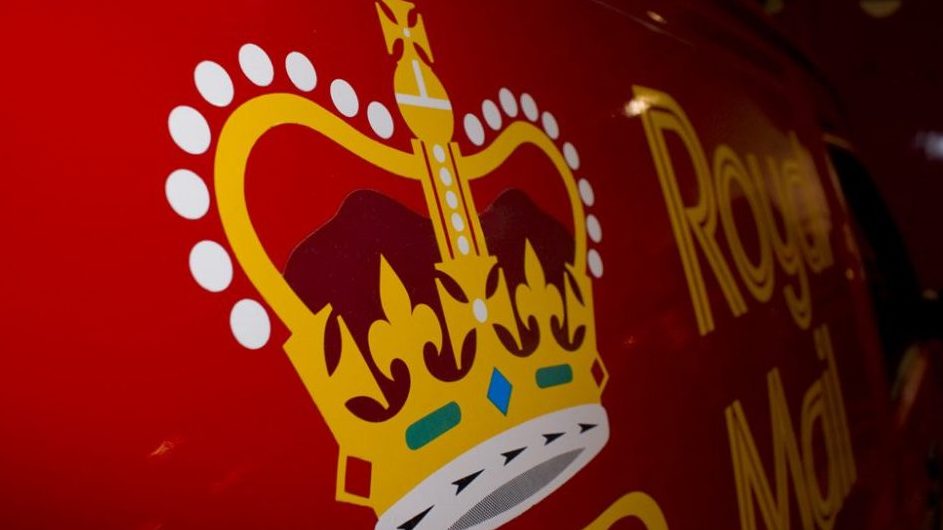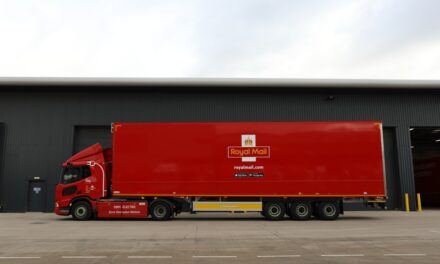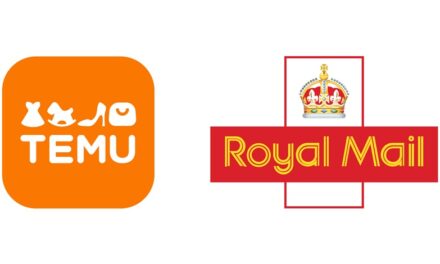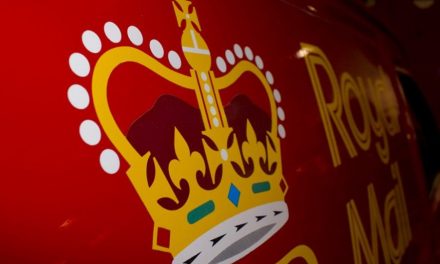
Royal Mail begins 12 month trial of hydrogen-powered vehicle

This week Royal Mail introduced a hydrogen-powered vehicle into its fleet in Aberdeen as part of a trial to help reduce emissions associated with its operations.
The van is a dual fuel vehicle, with up to 60% of its power generated by Green Hydrogen. As part of the trial, the remainder of its power comes from diesel fuel.
This is a preliminary trial to determine if hydrogen is operationally suitable within Royal Mail’s fleet. If workable, the results will be considered in future strategy developments for the Company.
The van will accommodate letters, cards and parcels of all sizes, and is designed for use on roads and highways. Deliveries during the trial will operate as normal, on suitable routes.
The 3.5 tonne vehicle is durable, and can travel up to 120 miles in dual fuel mode. Refuelled close to the delivery office, it is designed to help postmen and women deliver letters and parcels securely, whilst reducing associated emissions.
The van will be trialled on delivery rounds in Altens, Aberdeen, for a twelve-month period. It has been provided to the Company by Aberdeen City Council, as part of the EU-funded Civitas Portis project*. This project marks a significant drive from the city to improve air quality, and to explore more sustainable transport options.
Hydrogen-powered vehicles were originally tested by Royal Mail in 2010. As technology has significantly evolved in this space over the past decade, the Company is keen to understand how hydrogen can operate within its fleet; particularly for larger vehicles and longer routes, where electricity may not be a viable alternative fuel.
This initiative forms part of Royal Mail’s program of alternative fuel vehicle trials. They are an example of the Company’s ongoing commitment to reduce emissions associated with its operations.
How is hydrogen used to fuel vehicles?
Electrolysis is used to produce hydrogen, by using an electrical current to split water into hydrogen and oxygen. If energy from renewable sources is used to power this process, hydrogen can be produced with zero carbon emissions.
When made with renewable energy, and used in a fuel cell as a source of power for vehicles, hydrogen can provide a zero-emission fuel, which produces water vapour instead of CO2e, and other emissions.
Hydrogen-powered vehicles generally have a similar refuelling time to petrol and diesel vehicles, and can travel considerable distances.
James Baker, Chief Engineer and Fleet Director at Royal Mail said: “As a Company, we are committed to making changes to our operations that reduce our environmental impact. Hydrogen is viewed by many as a vital source of future sustainable energy; so, as such, is a perfect addition to our program of initiatives that enable us to assess ways of achieving this, while allowing us to continue to deliver letters and parcels safely, efficiently and responsibly.”
Councillor Philip Bell, Aberdeen City Council’s hydrogen spokesman, said: “We are absolutely delighted to support green transport technology in our city by providing Royal Mail with a hydrogen-powered van to operate from its Altens Mail Centre in Aberdeen for an initial 12-month trial period. Aberdeen is already a global leader in pioneering transport technologies and we at Aberdeen City Council have demonstrated our commitment to innovation by helping fund in partnership, the world’s first hydrogen-powered double decker buses. We are determined to meet our environmental obligations by tackling air pollution while also establishing the city as ‘Centre for Excellence’ for hydrogen.”










![Citizens Advice: We continue to see millions of people chasing lost parcels [and] having their accessibility needs ignored](https://postandparcel.info/wp-content/uploads/2020/12/parcels-440x264.jpg)

